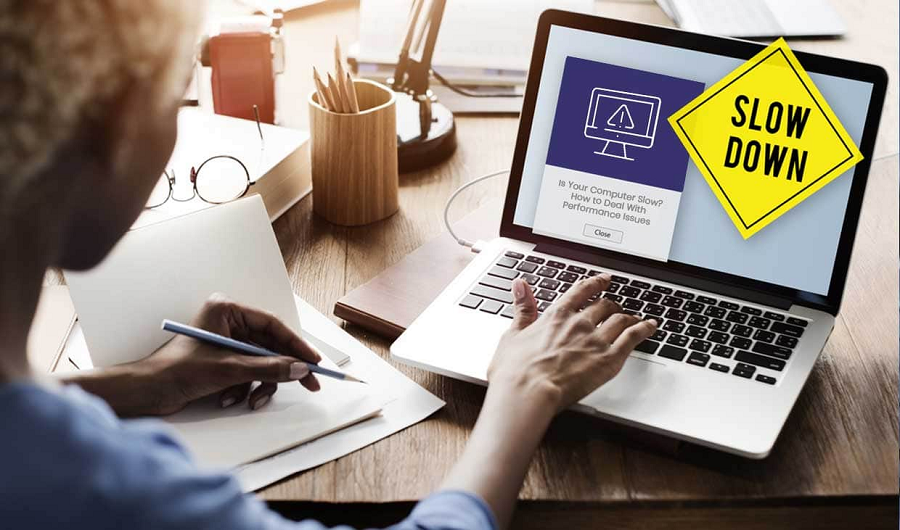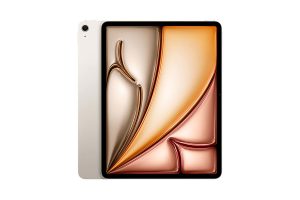
You’ve been using your computer for a while now. You’re using it for work, and maybe some leisure here and there. You’re used to opening the programs you need for work, maybe it’s a web browser and a spreadsheet. Everything starts up and responds so fast, your experience is great. Fast forward a few months and now booting it up takes three minutes and opening programs require two or three double clicks to make it open. Dragging and dropping files isn’t as fluid and smooth anymore, and it requires multiple tries to get it right.
The inevitable has happened: your computer has slowed down. There’s a wide variety of reasons why your computer has slowed down, and it’s rather hard to guess without having a professional or a veteran take a look at it. However, this doesn’t mean you can’t do anything to optimize and make it as fast as it was before.
Software Optimization versus Hardware Upgrade
There are two ways to make your computer faster. One is done entirely in software, meaning that you won’t be buying or needing anything to increase performance. Try this one out first to see if there’s any noticeable difference. If your computer’s performance remains the same, then perhaps it’s time for an upgrade.
Luckily, you don’t have to throw away your current machine. There are relatively cheap solutions to buying a new computer- you need to acquire upgrades. While you will be spending some money, it’s way cheaper than buying a whole new computer.
SOFTWARE: Get Rid of Unnecessary Programs
Over time and constant use, we install apps and software we don’t really need anymore or never really used. You’ll especially notice this when you only have one program open, but the computer is struggling to maintain that single program. What might be happening is that there is software running in the background and consuming precious processing power that your computer needs to run the programs that you actually need to use. This is the same thing when it comes to computer cases. Games require more power and hardware, so you know you need to have a gaming tower, so you would have more space for your computer upgrades. Your computer runs well and would have space and capacity if you plan to add more upgrades a few months later.
One way to make your computer smoother is to go into your system’s program settings and uninstall the software you don’t need or use anymore. This removes any background software or even those that run during your startup. You’ll be freeing up a lot of space that can be used for files, and you’re also giving your CPU a breather by removing the processes that you don’t use. Another benefit to this is that your boot times will be a lot faster as there’s a lot less bloat for the computer to process.
SOFTWARE: Look at Your Computer’s Power Plan
Most computers have multiple power consumption plans built in to regulate your electrical consumption. This severely under-volts your computer to consume less electricity, but at the expense of speed. This is most commonly found in laptops, but are often also included in desktop computers.
Take a look at the Power Options in your control panel to see if you’re in a ‘Power Saver’ mode. If you are, then that might be the reason why everything is running slow. Simply clicking to ‘High Performance’ can solve this, although you should keep in mind that this consumes way more electricity than Power Saver mode does.
HARDWARE: Put More RAM
RAM or random access memory is a type of super-fast storage that your PC utilizes to store the data that you immediately need. Basically, this is where the information you’re viewing is being stored, and if you’re viewing a lot of things at once, having limited RAM can make the experience less than desirable.
Especially with the evolution of computer software nowadays, a single program requires more and more RAM to function. If you find your computer slowing down once you’re multitasking, consider purchasing more RAM. The added overhead for your programs would provide a boost in user experience.
HARDWARE: Use an SSD instead of an HDD
Most computers, especially the old ones, use a hard disk drive or an HDD. A hard drive contains a disk with a magnetic coating, and this is where your data is stored. Whenever you’re accessing your files, the disk spins around continuously to provide you with the necessary information. While HDDs are still reliable, their speed is beginning to catch up with the times.
If you’re using a relatively old computer, it probably still has an HDD. To make your experience better, use an SSD or a solid-state drive. It’s a new type of storage device that can be three times faster- sometimes even more, than a hard drive. It’s a lot more power-efficient as well. Consider upgrading to an SSD if you’re still stuck using an old hard-disk drive.

